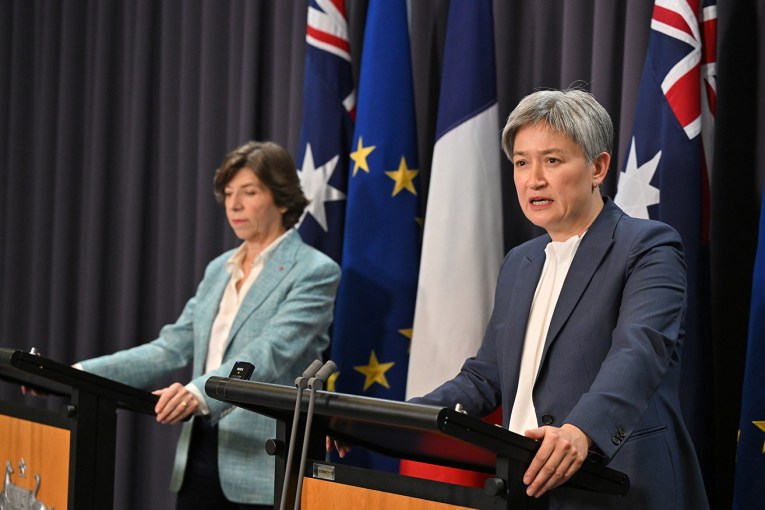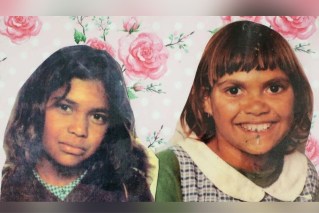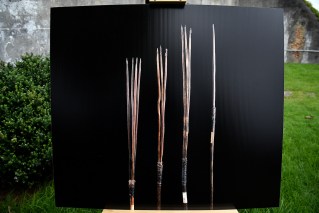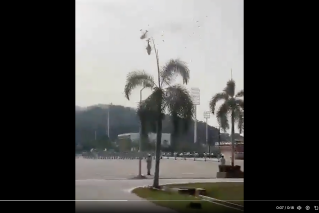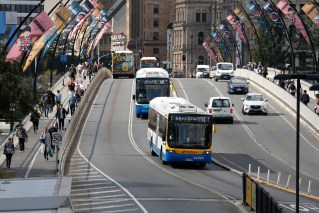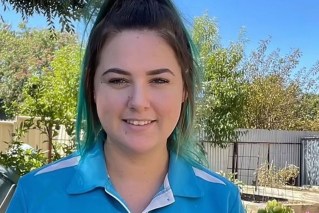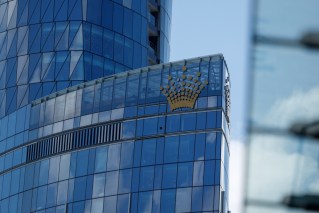South Americans to call Australia home amid massive humanitarian crisis

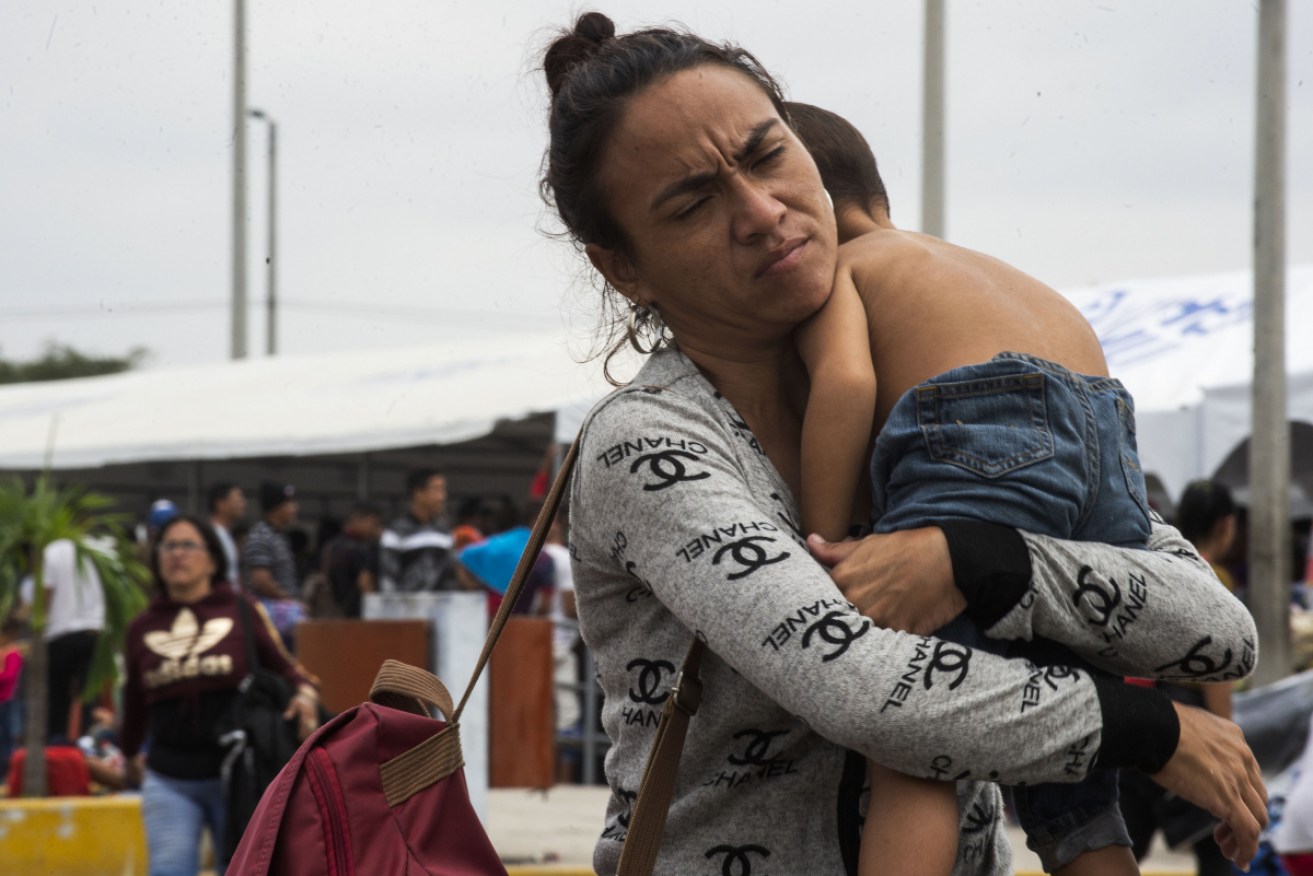
Australia is set to take in more refuges from Venezuela in the coming year. Photo: Getty
The demographics of refugees sheltering in Australian communities is set to change as the government shifts its focus to those fleeing turmoil in South America.
But advocates have raised concerns about the process by which refugees are considered, warning that even the most desperate and needy people fleeing the humanitarian crisis in Venezuela may be rejected.
Australian immigration officials have been ordered to open the door to people from South America, amid what the United Nations called the “staggering exodus” of four million Venezuelans who are fleeing economic and humanitarian disorder.
In its latest discussion paper into the nation’s humanitarian program, the Home Affairs department committed to taking in “a small, new caseload from Central and South America” in the next year.
While exact numbers haven’t been set, the change of focus would result in the demographics of refugee arrivals reflecting those of the 1970s, when more than 16,000 refugees were taken in from South America after political unrest.

Venezuelan migrants wait to get a refugee application at the Peruvian border. Photo: Getty
It comes as the UN released its Global Trends report on Wednesday, the eve of World Refugee Day, that showed the number of refugees and people seeking asylum increased by one million worldwide in 2018 to 29.4 million.
For the first time in the report’s history, Venezuelans accounted for the largest number of new asylum-seekers in 2018, totalling more than 340,000.
The Refugee Council of Australia CEO Paul Power said the report showed the country was not prepared for the growing number of refugees.
“In Australia and many other countries, we see political leaders scaremongering about movements of refugees and yet doing too little to offer constructive alternatives for refugees who cannot find protection,” Mr Power said.
While advocates have welcomed the news that the government is responding to the South American crisis, many are concerned how the scheme will play out.
ProVisa Australia director Hugh Wyndham, who worked as a reviewer at the Refugee Review Tribunal, said the decision raised questions about how applicants will be accepted.
“The thing is, it raises questions. We have a humanitarian program that by world standards is quite generous, but there are qualifications that applicants have to meet in order to justify a humanitarian visa,” he said.

Many advocates are concerned how the scheme will actually play out. Photo: Getty
“They are normally given to people in refugee camps and the UNHCR then asks countries if they’ll take them. The Venezuelans aren’t in refugee camps so that’s not going to happen.
“The other thing, of course, is that there are many here on temporary lawful visas in Australia who aren’t looking forward to going back, so they could make an onshore application for a protection visa.
“I think it’s a good thing. I’m not critical, but before I rush off encouraging applications I want to know a little bit more detail.”
Ivonne Henriquez, president of the apolitical Venezuelan Association of Australia, said the VAA did not want to give “too much hope” to the Venezuelans contacting them.
“We try not to give too much fake hope because people get excited, but humanitarian visas, they’re really hard to obtain. They sound amazing, but they’re really hard,” Ms Henriquez said.
“In many countries, there are much worse human rights abuses that would break your heart, and they still deny them.”

A group of Venezuelans walk along the Pan-American Highway. Photo: Getty
Ms Henriquez said she still had family in the country who were living in complete darkness, as the power grid was still out.
“People are scared, it’s really bad. They’re living without electricity. For me or you, it’s hard to comprehend.
“They don’t have water or food or medicines or electricity. They’re living in the dark. My home town Maracaibo is in the dark.
“If these people come we are here to fully support them … We just here wanting to help our people. Our little community that is getting bigger.”
Asylum Seeker Resource Centre campaign manager Marcella Brassett applauded the move, but said the government hadn’t put in place adequate systems to help refugees when they arrive.
“The government is cutting support services. It has a narrative that it’s not going to support new migrants,” Ms Brassett said.
